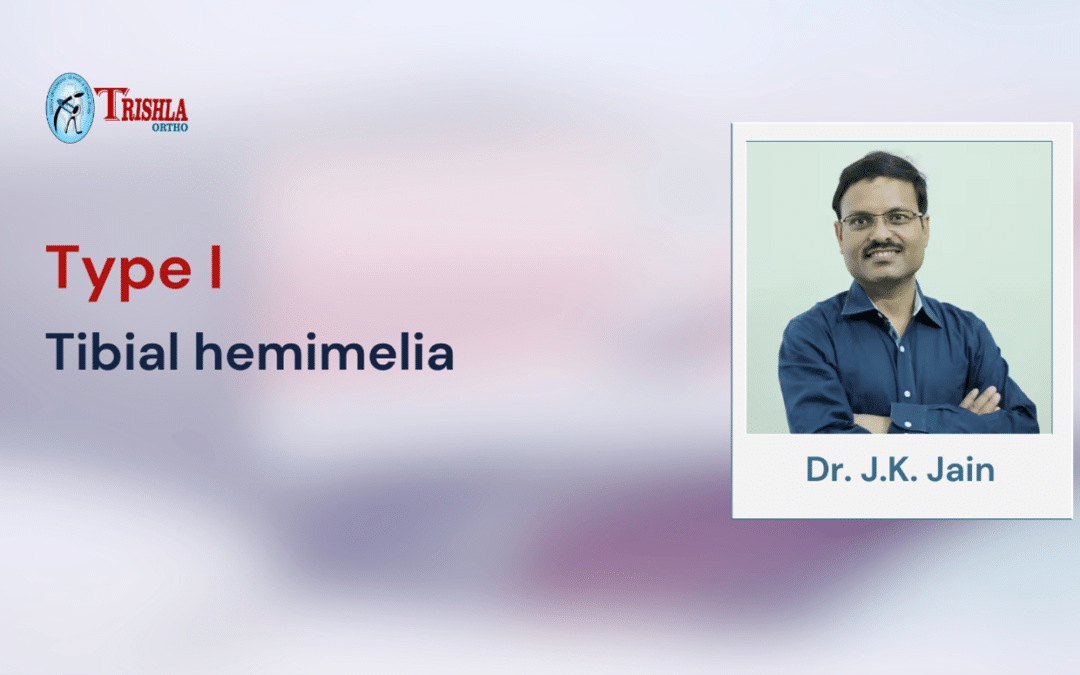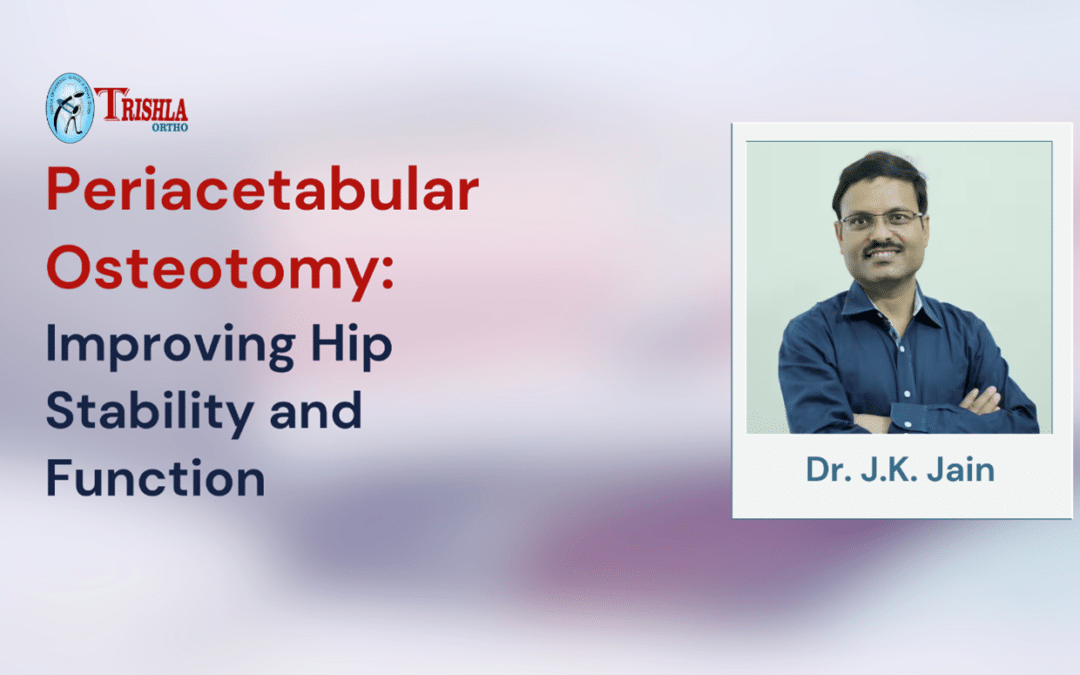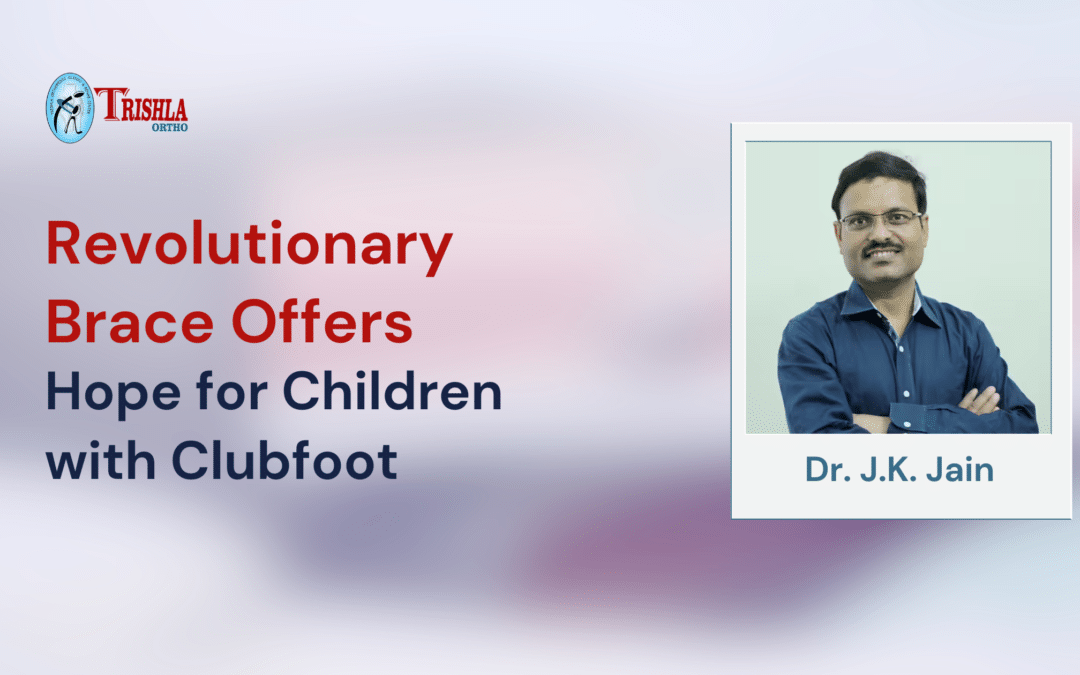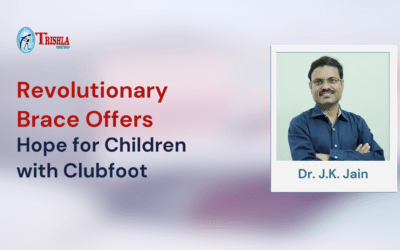Osteogenesis imperfecta is known to be a genetic disorder that makes the bones extremely weak, which means they are easily breakable. However, the medical condition is highly variable, and here, the symptoms can range from mild to severe. In addition to these factors, people suffering from osteogenesis imperfecta can sometimes have joint laxity, muscle weakness, and other concerns. Different classification systems are used for several types of this medical condition. It helps describe how severely a person is affected. Further, let’s get more details about it from the best pediatric orthopedic doctor in India.
What is Type 1 osteogenesis imperfecta?
It has been seen that most cases of osteogenesis imperfecta are caused by a dominant genetic mutation that affects the production of type one collagen in the body. While there are different types of collagen in the body, only type one collagen is associated with this medical condition. It is the bone’s main protein building block and is essential in other connective tissues such as ligaments and tendons. When there is a problem with producing type one collagen in the body, the bones become brittle and break more quickly than usual.
Understanding the signs and symptoms
Osteogenesis imperfecta affects people differently and can vary from one person to another. The symptoms will differ even if the medical condition is prevalent in a family, so let us discuss some common signs and symptoms to look out for.
- A triangular face shape
- Bones that are predisposed to fracture. Here, fractures occur before puberty and again in later years
- Predisposed to other connective tissue injuries such as dislocation
- Easily bruised skin
- Variable height, which is generally below average for age
- Muscle weakness, loose joints, and leg ligaments
- Bone deformity is minimal or absent and occurs after fractures happen
- Possibility of brittle teeth
- Hearing loss
In some cases, the patients are mildly affected and can have only a few fractures; however, it varies from one person to another. Luckily, osteogenesis imperfecta in children can easily be identified, and you can start the treatment as early as possible. However, even if you are not sure about the medical condition, it’s always better to visit a specialized doctor to get an idea about it and see if there are any concerns. When you can get started with the treatment early, it will be helpful for your child to recover faster and better.
Management and Treatment
The treatment for managing type one osteogenesis imperfecta mainly involves therapy, a healthy diet, fracture management, etc., to regain mobility and strength after surgery or fractures. Also, safe exercises and activities can be recommended for developing muscle control and building better strength.
It is seen that physical therapy, including water exercises, can be extremely beneficial for children after a fracture, as it can reduce the effects of mobilization. Even if the medical condition is mild, such therapies can be helpful because, in some cases, it results from obesity, so when the child can lose excess weight, it can benefit him. Further, rodding surgery can be used, which is preferred for setting a nasty fracture or straightening or strengthening a bowed bone to the extent that it can break repeatedly.
Mostly, doctors will recommend occupational and physical therapy for children younger than a specified age. Older children with osteogenesis imperfecta can also benefit from such therapies as they help maximize strength and functioning. Besides, regular exercise can also be helpful for children to socialize with their peers and develop the strength they need. Swimming and water therapy are good exercises for children as the gravity environment here reduces the fracture risk.
No matter the severity of the case, children suffering from this medical condition must be monitored regularly for problems such as hearing loss. Tests done by expert professionals can help monitor the condition and provide the child with the timely assistance he requires to lead a regular life.
Management and Treatment of Type 1 Oi in Adults
No matter the age group, people suffering from osteogenesis imperfecta must focus on building bone density and preventing bone loss through safe exercises and diet. In some cases, medication can also be helpful. It is recommended that adults who have OI get bone density tests done to stabilize a baseline. This will allow the physician to monitor whether their bone density changes over time. Staying committed to a healthy lifestyle and maintaining a good weight is critical to managing OI as an adult.
In addition to this, exercise is also essential for maintaining function, strength, and general health. Water exercises and swimming can offer an excellent way to increase bone density. Generally, doctors also recommend medications for adults, as there are various underlying issues. For instance, women typically fear menopause and the possibility of frequent fractures. At the same time, other common issues that are associated with osteogenesis imperfecta include heart problems such as heart disease, diabetes, and even cancer. So, maintaining a healthy weight, exercising regularly, and having a nutritious diet can help avoid such risks.
Management of osteogenesis imperfecta in children is more complex than in adults. After all, adults can actually understand the concern and follow proper routines for better medical management. However, this is different for children. They might neglect it or even avoid it altogether. No matter the age group or severity of the condition, it is always better to consult a professional to get started with the treatment on time. This is the key to avoiding any complications and ensuring better recovery.
Conclusion
Osteogenesis imperfecta can be a highly complicated medical condition. If your child or someone you know suffers from this issue, contact Trishla Ortho for the best treatment. They have skilled and specialized professionals who understand how to treat the medical condition. They will develop a customized treatment plan to help your child recover better and lead a regular life.











